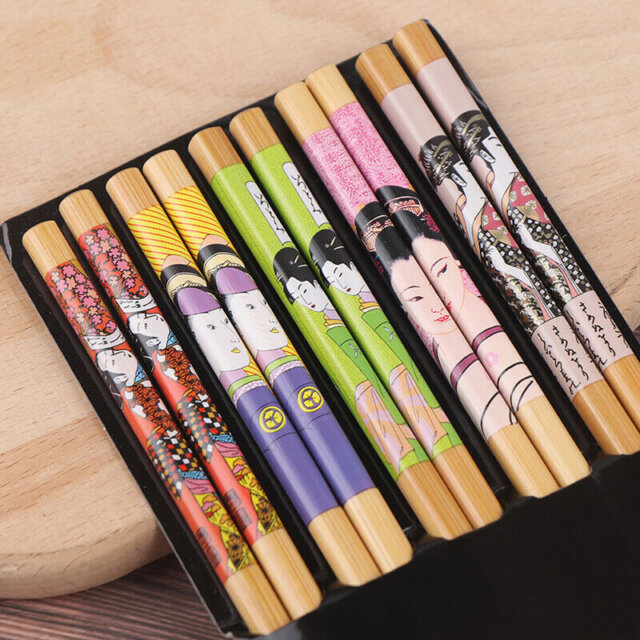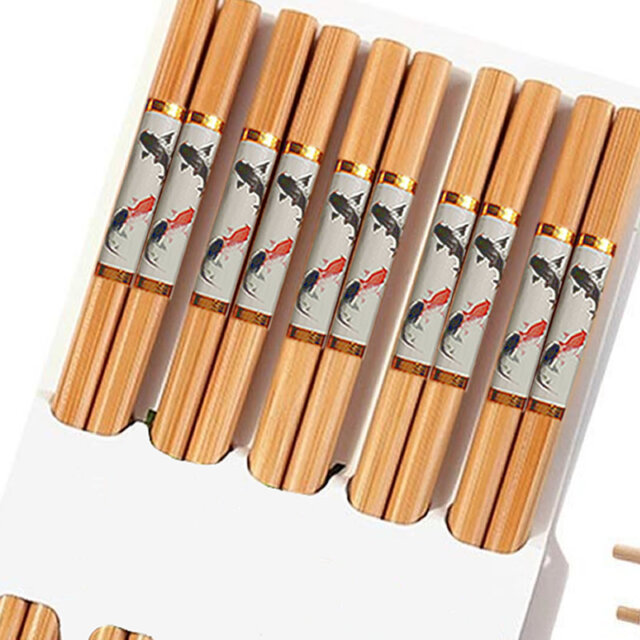Subtotal: $21.80
1910, Australia First Discovers Bento
The first Japanese bento boxes Australia record was in June 1910 in an article by the Perth The Daily News where a young man recollects his experience of bento while taking a train ride in Japan.
Bento boxes can be categorised into three types that we use today. Homemade bento which we make for the family to take to school or work lunches. Second is the traditionally cooked Japanese bento meal which is cooked at home or eaten at a restaurant. The third is the ready-made bento purchased in almost all convenience stores and supermarkets across Australia.

Table of Contents
Brief Bento History
Compartmentalised Japanese Bento Boxes in Australia have a short history compared to Japan. During the Kofun period (古墳時代) 300 to 538 AD, Japanese farmers, hunters, and warriors packed their lunches in sacks made of bamboo leaves to eat while travelling to fields or going into battle. It wasn’t until the Edo Period (1603–1867) where “Bento” first mentioned in a Japanese-Portuguese Dictionary which described it as a “convenient” form of food packaging. The Meiji Period (1868-1912), the bento box concept spread into other countries including China, Korea, Thailand, Tibet, India and the Philippines. Each country adopted its version of bento that reflected local custom and became a favourite for cultural gatherings, social events and holidays.
Australia Discovers Japanese Bento
Dated the Thursday the 16 of June 1910, the first record we can find in Australia on Japanese bento boxes was in The Perth The Daily News (SA: 1882-1950) who wrote an article about a young man’s views of Japan while taking a train ride to the Ise Grand Shrine. His recollection of the experience.
Boys were strolling up and, down the platform, shouting “Bento! Bento!” and offering little wooden lunch-baskets. Others had big white dough-cakes and nice, large, crisp-looking biscuits. Despite Gyp’s shutting the door, the young German got in and had bought a “Bento” (luncheon) box. We could not help being interested in its contents. Toklmoto came and served us with every luxury, paper napkins, plates, oranges, and little boxes containing many cold slices of meat. Her kind spirit moved Cousin Mary to offer to supplement this cold rice, queer dried fish, and queerer paste stuff that the young German was proceeding to tackle.”
Further down the track 9 Mar 1926 by Grade L. Morrow from The Tumut & Adelong Times (NSW:1864-1950) wrote an article “In a Japanese Train”. She recollected her ekiben bento (Japanese bento box ) experience while travelling across the country.
Green-capped boys sell double lunch boxes of white wood, calling out “0bento” hot boiled rice. The staff of life to well-to-do Orientals, while the floor cat millet and cheaper grains. In the second box, there are tiny blackfish, shrimps, or eel with queer vegetables such as sliced lotus root, ginger or bamboo shoots in compartments. “Sugar-peas in-pod,” which are just young peas boiled pod and all. With these Japanese lunch boxes are sold chopsticks and a toothpick! The Japanese, like their Teutonic models, are carefully attentive to every detail.
World War 1 & 2, Bento Upsurge & Decline
With the end of World War 1, Japanese bento box history continues. Aluminium became a viable material for high-end products in Japan which introduced the aluminium bento. It had a silver-like look, was light, easy to clean and extremely expensive to purchase. Made the aluminium bento a luxurious product that was the beginning to a temporary end to bento as we know it today. Lower-class farmers and workers could not afford to buy the most basic bento for their children while the upper class had the most expensive bento available with elaborate lunches.
Although bento was extremely popular, they were social issues reflecting the student’s wealth, and with the gap between the wealthy and poor, schools eventually eliminated the use of bento boxes. Towards the end of World War 2, the Ministry of Education recommended that schools provide nutritious meals for all school children, which later became the standard during World War II reconstruction. The meal consisted of milk, bread, butter, rice and soup and bento boxes were not required. Through this period bento box consumption dropped and was mainly used on special celebrations such as birthdays, tea ceremonies, or special guests. Read more here: Yochien bento
1957 Australia’s first Japanese restaurant
The first Japanese restaurant in Australia was officially recorded in 1957, the Sukiyaki Room started in an annexe of the Dungowan Restaurant in Martin Place, Sydney. Operated by Madam Yamasaki the restaurant opened as a Japanese Sukiyaki Room that included a Japanese manager, chef and hostesses to service locals and Japanese business people arriving in Sydney that had nowhere to eat.
Sukiyaki (すき焼き弁当 ) was one of the meals served. A review published in the Sydney Morning Herald on August 1957 cited “the meal included a concoction of beef and vegetables delicately flavoured. It is the main meal served at the restaurant”. The business struggled for a few years, and by 1965 it was bankrupt, assets sold off, and the building in Martin Place demolished. It took a while for other states to catch on. By the late 70’s Sukiyaki Licensed Restaurant in Melbourne opened, the Samurai in Adelaide in 1972. By the early 80s, many Japanese restaurants opened serving bento meals as Australians began to appreciate traditional Japanese foods.
List of first Japanese restaurants in Australia by city:
Melbourne: 1970 – Sukiyaki Japanese Restaurant located at 21 Alfred Place Melbourne
Sydney: 1957 – Japanese Sukiyaki Room located at the Dungowan Restaurant in Martin Place Sydney by Madam Yamasaki
Perth: 1982 – Under investigation (TBA)
Canberra: 1984 – Under investigation (TBA)
Adelaide: 1972 – Samurai in Adelaide
Brisbane: Under investigation (TBA)
Hobart: Under investigation (TBA)
Fast forward another 20 years, and the 80s bento recaptured their popularity in Japan. A bento box vendor specialising in takeaway meals emerged, spreading into hundreds of franchised stores across the country. Sales of the ready-made meals increased so much that bento manufacturers operated 24/7 to keep up with demand. It didn’t take long for the convenient ready-made dinner in a compartmentalised bento box concept to spread into the United States and shortly after Australia.
Although prepackaged dinners in aluminium trays were popular since the TV came out, frozen dinners in disposable bento trays advertised as healthy meals became a thriving industry in the 90s. Microwave ovens were a household item with a penetration of more than 60 per cent in Australia alone. Frozen TV dinners sold in disposable bento boxes became the range that evolved into new trends that ignited interest in traditional Japanese style meals cooked at home along with compartmentalised school lunch boxes. Bento decorated with anime characters, or pop culture icons appeared everywhere, and today the trend continues.
Bento Boxes In Australia Today
Today, bento boxes, in general, are a part of life in Australia; they are a cultural phenomenon that pops up all over the internet. Bento is a common sight at schools, work, found in supermarkets and convenience stores, sold for serving frozen meals, general packaging for almost all types of products. Traditional bento boxes in Australia are used at most Japanese and Korean restaurants and are extremely popular for cooking traditional Japanese meals at home.
Most bento boxes are available today are made from plastic, aluminium, and you can still find the wooden bento box. Rectangular in shape and designed a traditionally cooked Japanese meal warm. Designer Kyaraben Bento (character bento) boxes are also standard in Australia, decorated with famous cartoon characters such as Hello Kitty and many other popular icons.






